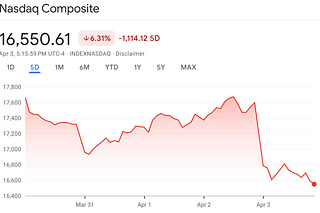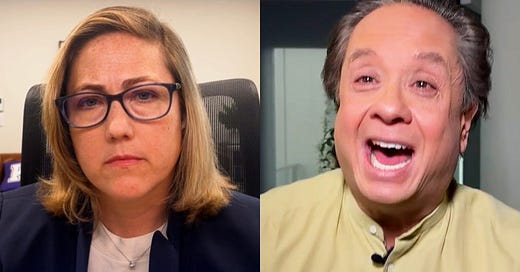Val Kilmer’s Video Past Is Our Future
The most poignant moment in the documentary ‘Val’ is also the most relatable.

The new documentary Val, which opened to plaudits at Cannes and is now streaming on Prime Video, is a treasure trove of footage from Val Kilmer’s career—including a lot he took himself. During his Hollywood exploits, Kilmer was rarely without a camera. His massive library of 8mm home films and VHS-shot footage is joined with recent footage of Kilmer in his post-throat-cancer state in this contemplative and moving film.
Those of you who want to watch Val for primo footage of stars in their younger years won’t be disappointed. There’s some great off-the-cuff stuff with Kevin Bacon and Sean Penn from the early 1980s, when Kilmer starred in a play with them. (Penn, it seems, is never not-sneering.) Happy times are had off set while shooting Top Gun, Kilmer hanging out with Kelly McGillis and Anthony Edwards and Rick Rossovich and, yes, Tom Cruise. Harder times are found on the set of The Island of Dr. Moreau, a famously troubled production: At one point, replacement director John Frankenheimer is, somewhat understandably, yelling at Kilmer to turn off his video camera so they can rehearse; at another, we learn that Marlon Brando has just bailed on filming for the day, so a stand-in is being used to silently mimic the great.
Then there’s the look at Kilmer’s life as it is now—he can no longer act, having lost his voice to cancer—and that is a sadder state of affairs. During a screening of Tombstone in an Old West town, he admits, speaking with difficulty by holding closed a stoma in his throat, “Sometimes I feel so low and I have a blues, really really hard, about having to, you know, fly around the country. I don’t look great, and I’m selling basically my old self, my old career.” The cringiest moment is when we see a line of people repeatedly ask Kilmer—who wields his Sharpie in silence, mostly—to write “You can be my wingman” on their photos and posters and other detritus. You feel embarrassment not only for the frail Kilmer but also for the folks asking for the most clichéd line possible; I practically wanted to scream at them to at least have the decency to riff on Spartan or Kiss Kiss Bang Bang or something less obvious, less predictable. No wonder Kilmer has to take a break from the convention floor to lay down and vomit.
But the most poignant moment in the film doesn’t really have to do with Hollywood or stardom or anything like that. It’s a much simpler thing.
We see Kilmer’s son, Jack, playing the guitar, all distortion and energy, no real tune. And then, as the music continues, we cut to vintage footage shot by Kilmer himself of the boy playing with a toy guitar. The noise from the modern moment plays over this image of a little boy in a ballcap with what looks like a Fisher-Price guitar wailing away. And then we’re back to Jack, continuing on, playing.
But in the midst of all this we see Kilmer, we see his eyes, we see the fog of memory settling over them. The beauty of that cut to Young Jack is that it takes us into Kilmer’s headspace, his own feelings of … whatever it is, pride, love, joy, wonder, amusement. It is the sort of thing that only a film can do, really: give us a visual representation of the process of reminiscence, of the idea that we would love to see our children grow into their dreams, into their visions of who they want to be. Even if it’s not quite that—I have no idea what Jack wanted to be when he was a kid; I have no idea what he wants to do now—we can literally see Kilmer performing the mental process of drawing a throughline, connecting time and space and showing the passage of all of it, instantly, in our mind.
As I said: Kilmer was an early adopter of these technologies. But all of us have the same capacity now to capture these moments that he had then. Right in our pockets. And we don’t have to travel to a musty warehouse filled with VHS tapes and reels of film to watch them; the images are stored on the cloud. I can call up any moment of the lives of my children that I’ve captured and relive it, instantly. I can remind myself of how they’ve grown, watch them change, experience their evolution.
Few of us will ever experience the career of Kilmer or anyone like him, and the voyeuristic behind-the-scenes footage satisfies a variety of wish fulfilment for those of us who will never live the Hollywood high life. But for that one brief moment—those seconds where his eyes go far away and he pulls up a memory for us to experience with him—he is no different from any other proud parent who has ever lived. It is the purest representation of movies as empathy machines I’ve seen in some time, and will undoubtedly stick with me longer than Kilmer’s on-set hijinks.











